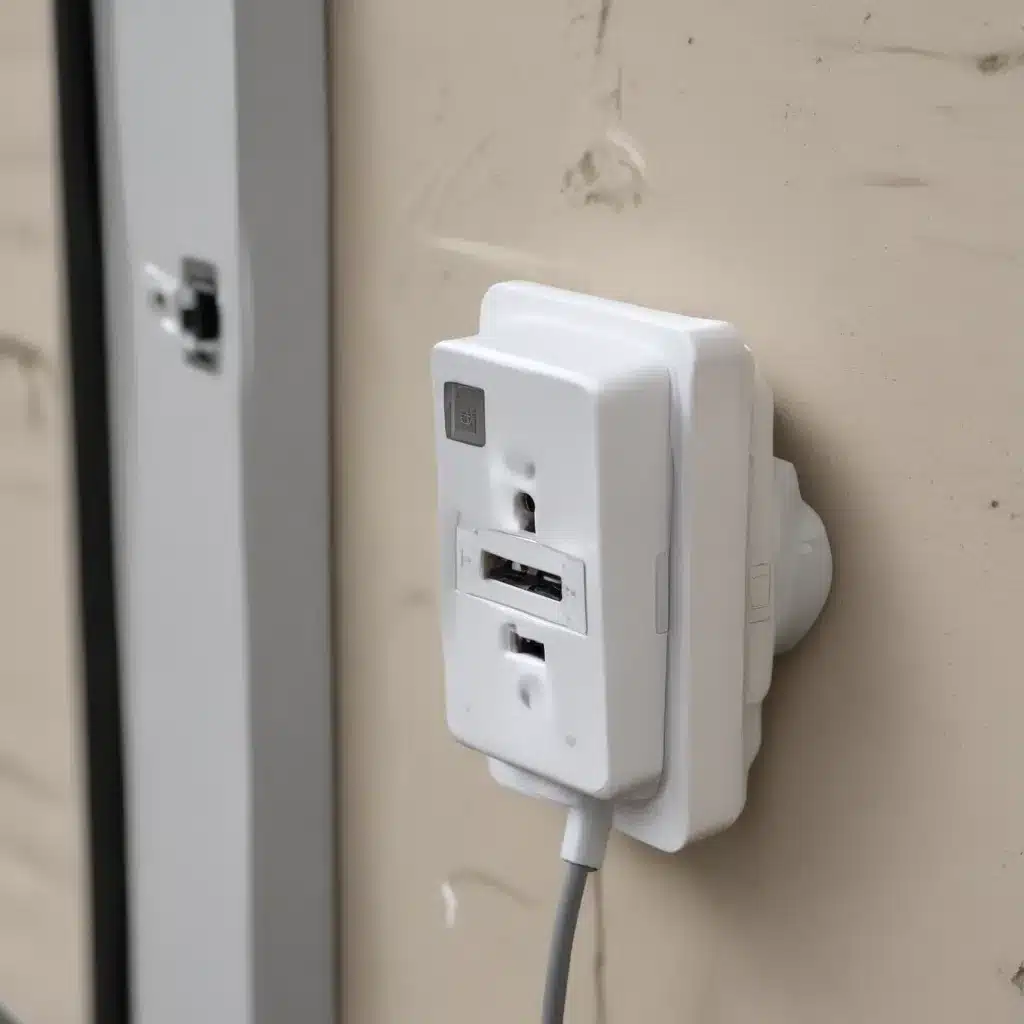Juice Jacking: The Sneaky Cybercrime You Need to Know About
Picture this: You’re rushing through the airport, phone battery blinking at 5%, and then you spot it – a gleaming, free public USB charging station. Ah, sweet salvation! Without a second thought, you plug in and start juicing up. Little do you know, you may have just become a victim of “juice jacking,” a crafty cybercrime that could cost you big.
Juice jacking is the latest scam to prey on our desperate need to keep our devices powered up. Clever criminals have figured out how to load malware onto those convenient public USB ports, just waiting to pounce on unsuspecting victims like you and me. [1] Once you plug in, they can gain access to all your personal data – passwords, photos, emails, the works. And then they can use that information to steal your identity, drain your bank accounts, or hold your device hostage.
It sounds like the stuff of dystopian science fiction, but juice jacking is all too real. The FBI and Federal Communications Commission have both issued warnings about this emerging threat, urging travelers to steer clear of public USB charging stations. [2][3] And while there haven’t been many confirmed cases of juice jacking in the wild, the potential for disaster is very real.
The Anatomy of a Juice Jacking Attack
So how does this nefarious scheme work, exactly? It all comes down to the humble USB port – that little hole in our devices that we use to charge up and transfer data. You see, USB connections are designed to do both: deliver power and enable data exchange. And therein lies the vulnerability.
Crafty hackers have figured out how to load malware onto those public charging stations, transforming them into veritable Trojan horses. [4] When you plug in your device, that malware can then infect your phone or tablet, giving the crooks access to all your sensitive information. They can steal your login credentials, export your personal files, or even lock up your device until you pay a ransom.
The scariest part? You may never even know you’ve been targeted. The malware can work silently in the background, siphoning off your data without so much as a peep. [5] It’s the digital equivalent of having your wallet pick-pocketed – by the time you realize what happened, it’s too late.
The Rise of “Juice Jacking”
The term “juice jacking” was actually coined way back in 2011, when security researchers demonstrated a compromised charging kiosk at the famous Def Con hacking conference. [6] The researchers showed how they could use the kiosk to deliver malware and steal data from any device that was plugged in.
Fast forward a few years, and the threat became even more real. In 2013, a team of researchers unveiled “Mactans,” a malicious USB wall charger that could deploy malware on iOS devices. [7] Then in 2016, another researcher unveiled “KeySweeper,” an Arduino-based device disguised as a USB wall charger that could wirelessly sniff and decrypt keystrokes from nearby Microsoft wireless keyboards. [8]
Despite these high-profile demonstrations, juice jacking hasn’t exactly become a household name – at least not yet. The FBI and FCC have issued warnings, but they admit they haven’t seen many confirmed cases of the attack in the real world. [2][3] Still, security experts say the risk is very much real, and it’s only a matter of time before the bad guys start capitalizing on our charging station addiction.
Staying Safe in the Age of Juice Jacking
So what’s a power-hungry traveler to do? Should we all just resign ourselves to dead phones and fruitless attempts to find an outlet? Absolutely not! There are plenty of ways to stay safe and keep your devices charged, even in the face of juice jacking threats.
First and foremost, the experts recommend avoiding public USB charging stations altogether. [1][2] Instead, bring your own charger and plug into a good old-fashioned electrical outlet. Sure, it might not be as convenient, but it’s a heck of a lot safer.
If you must use a public USB port, take some extra precautions. Lock your device before plugging in, or better yet, power it off completely. [3] You can also invest in a “USB data blocker” – a small adapter that allows power transfer but blocks any data exchange. [4] And of course, make sure your device’s software is always up to date, as the latest security patches can help prevent juice jacking attacks.
And let’s not forget good old-fashioned backup power. Portable battery packs are relatively inexpensive these days, and they can be a lifesaver when you’re on the go. [3] Toss one in your bag and you’ll never have to worry about that dreaded low battery warning again.
The Bottom Line
Juice jacking may not be a household name just yet, but it’s a very real threat that’s only going to grow as our reliance on mobile devices continues to skyrocket. The good news is, with a little vigilance and some simple precautions, you can keep your data safe and your devices charged, even in the face of this crafty new cybercrime.
So the next time you’re tempted to plug into that free airport charging station, take a deep breath and remember: your personal information is worth far more than a quick battery boost. Bring your own charger, use a power bank, or just find an outlet – your digital security (and your peace of mind) will thank you.
[1] https://www.fcc.gov/juice-jacking-tips-to-avoid-it
[2] https://abcnews.go.com/Politics/fbi-warns-public-charging-stations/story?id=98503419
[3] https://www.aarp.org/home-family/personal-technology/info-2023/public-charging-protection.html
[4] https://us.norton.com/blog/mobile/what-is-juice-jacking
[5] https://csolutionsit.com/public-usb-charging-stations-safe/
[6] https://www.zdnet.com/article/officials-warn-about-the-dangers-of-using-public-usb-charging-stations/
[7] https://www.cnbc.com/2023/04/10/fbi-says-you-shouldnt-use-public-phone-charging-stations.html
[8] https://spectrumnews1.com/oh/columbus/news/2023/04/11/fbi-warns-against-using-usb-charging-stations













